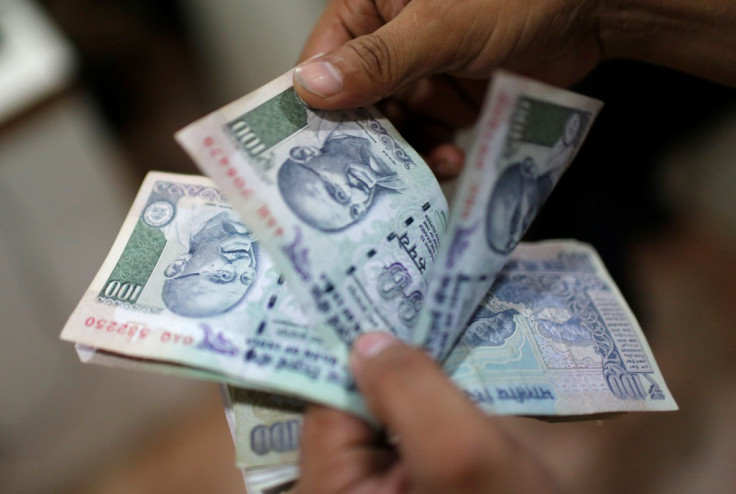India rupee holds near 20-month low ahead of Q1 GDP data

The Indian rupee hovered around the 20-month low it recently hit with a day to go for the first quarter GDP data.
Analysts expect a slowdown from the previous quarter rate, and more than that, they remain concerned about the negative output gap in the country.
The Indian currency ended the first two months of this year up but losses in the next three months have taken it to a 20-month low.
On Wednesday (27 May), the USD/INR traded in a range of 63.78-64.05, still very close to the 12 May high of 64.35, which was its highest since September 2013.
At this month's peak of the pair, the rupee was down 4.3% against the dollar from end-February.
According to Moody's Analytics, the Indian economy may have expanded 7.2% year-on-year in the March quarter, slower than the 7.5% rate recorded in December quarter as per the new series.
"Partial indicators of demand don't align well with the new GDP series," the research firm said.
Weak global demand
"The fall in exports largely reflects weak global demand and low commodity prices. Falling core inflation and lower production suggest the cyclical upswing is fading."
Moody's Analytics said the new GDP series merely shifts the goalposts rather than painting a healthy picture of the economy. The firm said that India's potential growth rate is likely closer to 9% now.
The new GDP series adds uncertainty to forecasts while external headwinds weighed on the March quarter numbers.
The research arm of global rating agency Moody's noted that India's trade deficit has widened; exports fell at double-digit year-over-year rates in the opening months of 2015.
"Mixed global demand is partly to blame, while lower global commodity prices are also hurting exporter incomes," the firm said.
Domestic concerns of the third largest economy of Asia include high borrowing costs and fading of the cyclical upswing.
"Commercial banks have been reluctant to pass on the Reserve Bank of India's interest rate cuts from earlier in the year. High borrowing costs are hurting the business sector, as manufacturing production grinds lower."
"India's disinflation trend has been prominent on the back of lower oil prices. But falling core inflation-measured by manufacturing costs-suggests the cyclical upswing is beginning to fade," Moody's Analytics said.
"We think the new data are dubious, as the revised growth rates don't align well with partial indicators of demand."
© Copyright IBTimes 2025. All rights reserved.






















